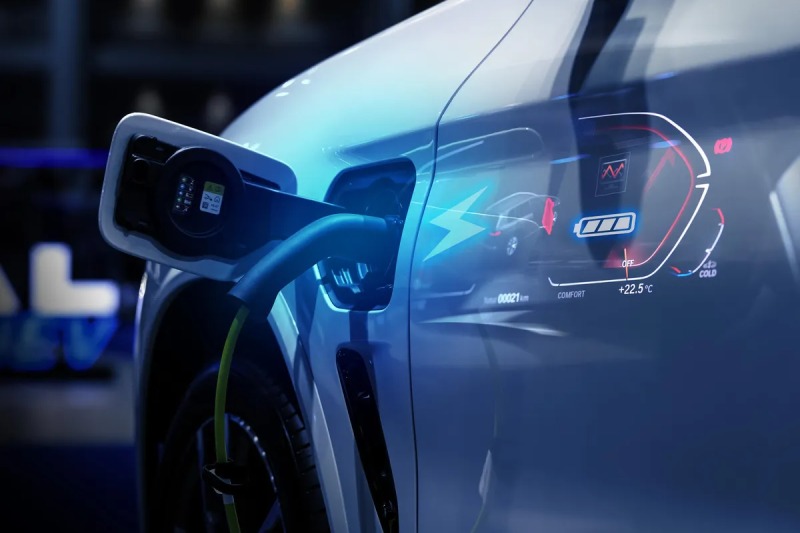
Artificial Intelligence Will Help You Locate EV Chargers Anywhere on Google Maps
- Technology
- April 20, 2024
Google Maps will soon receive an update to assist owners of electric vehicles in keeping their vehicles charged while they are out and about. The business does this by utilizing artificial intelligence.
When users identify they’re driving an electric vehicle, Google Maps will now display real-time recharge information, the company said. EV drivers will now be able to view information about the location, status, and number of available plugs of the charger while they are driving. When drivers use turn-by-turn directions, Google Maps will now indicate the projected range and offer recommendations based on the battery level of the vehicle.
Additionally, drivers may now filter hotels by whether or not they offer EV charging when using Google to plan a vacation.
A Google spokesman stated in a blog post that “the number of people owning electric vehicles is rising, which means more people are looking for ways to charge their car — whether they’re on the go or planning their drive.”
The actions are the most recent method Google is incorporating AI into its goods. Prior to the unexpected success of OpenAI’s ChatGPT almost two years ago, Google was regarded as a leader in artificial intelligence for many years. then, Google has been rapidly integrating AI features that generate buzz into its applications and services. One such feature is the Bard chatbot, which was then renamed Gemini. Among other things, the business has been releasing new tools like its Magic Editor for photographs, which makes it simple for users to remove undesired items and unblur shots.
At its Google I/O developer conference, which starts on May 14, Google is anticipated to reveal even more AI technologies.
Improved Google Maps
According to Google, the AI enhancements made to Google Maps will support features like customer review summaries for specific EV chargers. Additionally, the business plans to employ AI to assist drivers in finding chargers in less evident locations, including the other side of a parking lot or within a garage. Directions such, “Enter the underground parking lot and follow the signs toward the exit,” were one example that Google gave. Before you can leave, make a right.”
In addition, Google intends to ask consumers to provide more information about their experiences, like how long they waited and whether or not they were able to fully charge their car.
In the upcoming months, Google plans to start offering the service for free everywhere. Initially, this will apply to cars that already have Google infotainment systems installed, such some Volvo and Polestar models. Waze, Google’s other driving assistance app, gained several EV-related capabilities last month.
How It Will Operate
These new map features are expected to gain traction, as electric vehicles (EVs) now account for approximately 7% of new car sales in the US and over 25% of new car sales in California, the home state of Google.
Many of the features unique to EVs in Google Maps, according to Google, will be automated. A customized version of Google Maps is “Built-In” to the infotainment systems of some electric vehicles (EVs), enabling the app to monitor the vehicle’s charging state, speed, and other information.
Google Maps will also suggest boost charging stations along the route for users planning an electric vehicle (EV) based on the battery’s state of charge. If the user chooses to include charging, the map will also modify the estimated arrival time.
In the upcoming months, the company also intends to introduce some of its EV capabilities to Google Maps for smartphones, catering to individuals without access to Google-powered infotainment systems.